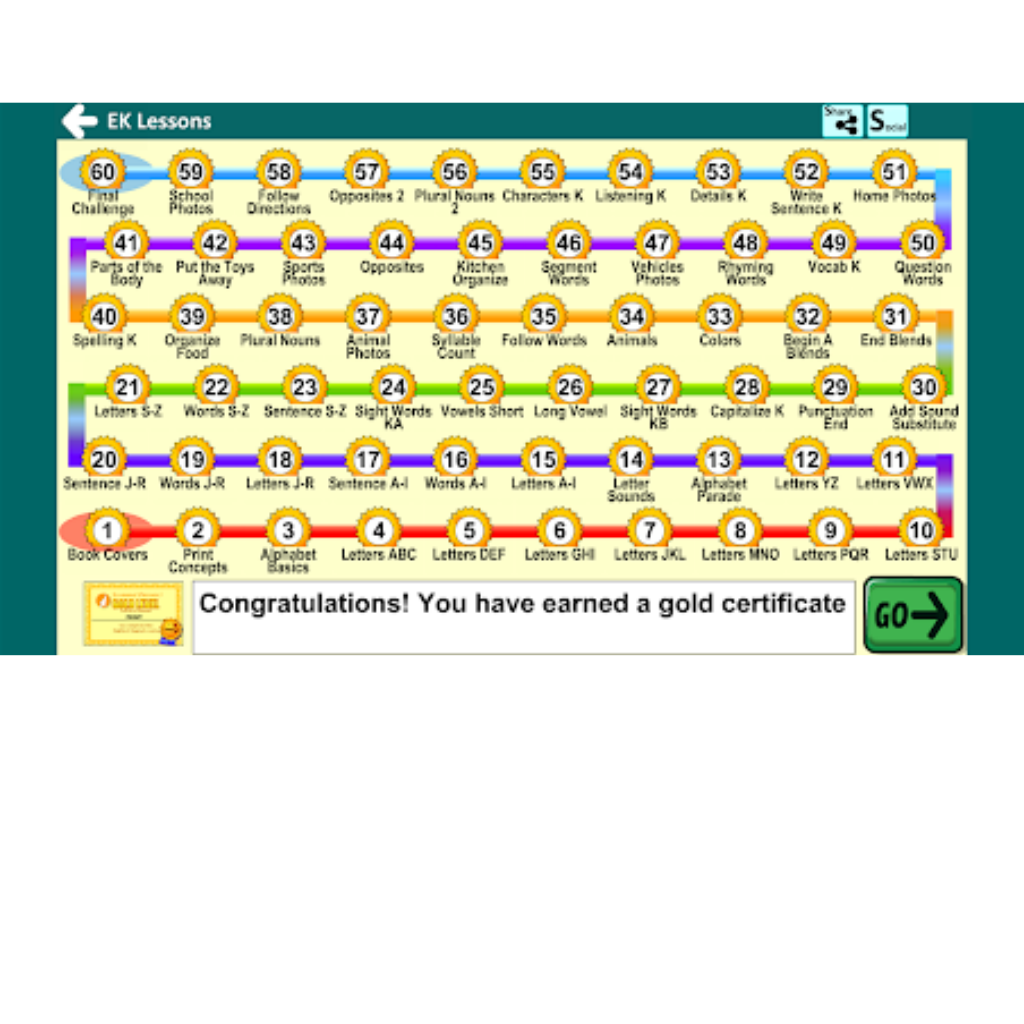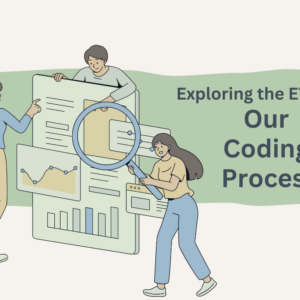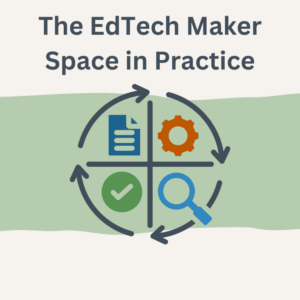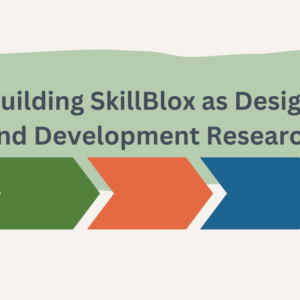By Jamie Kreil, EdTech Center guest author & Jen Vanek
By connecting with program managers and instructors across the US, the EdTech Center crafts use-case scenarios that illustrate where different online comprehensive curricula farewell and how they are used. In this post, we describe how an urban community-based organization (CBO) in Minnesota used Learning Upgrade to support its distance learning initiative during the pandemic. This is blog post number four in a four-part series reporting on conversations that the EdTech Center has had with program directors, teachers, and learners using Learning Upgrade. In this post, we describe Learning Upgrade use at Cedar Riverside Adult Education Collaborative, where Jamie Kreil (co-author of this post) works.
To see the other posts in this series check out the links here:
- Gamification and Supported Learner Progress: Arlington Heights’ Success with Learning Upgrade – Learn how a large community education program in Illinois used Learning Upgrade to support content across its extensive programming,
- Online Platform Supporting Classroom Instruction: Rockingham’s Success with Learning Upgrade – Learn how a rural program in North Carolina used Learning Upgrade to support its one-room schoolhouse approach to teaching
- Tutors and App-Based Remote Learning: Siena Literacy Center’s Success with Learning Upgrade Read about how one program used Learning Upgrade in their tutor-supported programming.
What is Learning Upgrade?
Learning Upgrade offers over 1,000 lessons covering multiple levels and content in English, math, GED preparation, digital literacy, and reading. Instruction is delivered through rich graphics, videos, and music. The platform was made widely available across the US through the Adult Literacy XPRIZE Communities Competition in 2018. In a subsequent initiative, the Learning Upgrade Challenge, students have gained prizes for use of the tool, and teachers and programs who have had the most use of the app won extended licenses. The EdTech Center@World Education reached out to programs that have made good use of Learning Upgrade to better understand how and with whom it has the most potential impact before and now during the pandemic.
Cedar Riverside Adult Education Collaborative
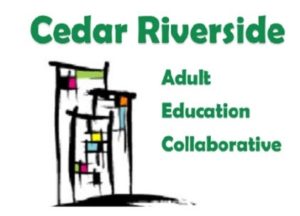 Cedar Riverside Adult Education Collaborative (CRAEC), is an urban community-based organization (CBO) serving English language learners and refugees primarily from East Africa. Classes cover ESOL literacy to high-intermediate levels, with the majority of students attending in the morning. Notably, many of the staff members are fluent in a number of languages commonly spoken by learners.
Cedar Riverside Adult Education Collaborative (CRAEC), is an urban community-based organization (CBO) serving English language learners and refugees primarily from East Africa. Classes cover ESOL literacy to high-intermediate levels, with the majority of students attending in the morning. Notably, many of the staff members are fluent in a number of languages commonly spoken by learners.
For this blog post, I (Jamie) held a series of informal conversations with the program coordinator Seyou Nurie, program registrar Ibrahim Sheikh, teachers, and my own ESOL Literacy students to determine how Learning Upgrade best serves our program. The app was made accessible to all learners at every level through staff members fluent in learners’ first languages.
 Why Learning Upgrade?
Why Learning Upgrade?
CRAEC decided to use Learning Upgrade as a tool to support distance learning during the pandemic. CRAEC educators were familiar with the app from their participation in the XPRIZE Adult Literacy Communities Competition for more information). This knowledge base supported expansion of the app’s use in the program. Prior to the pandemic, the program had been using a different platform for distance education, but students quickly had become bored of it. Teachers also found it difficult to track learning progress of students only using the platform and not attending synchronous classes. Learning Upgrade provided a clear learning pathway and more varied content to sustain student interest in learning remotely.


Before addressing these useful characteristics of Learning Upgrade, note the unique onboarding process at CRAEC used to reach and motivate learners
Scaffolded Onboarding
While some higher-level learners were familiar with Learning Upgrade from participation in the XPRIZE Adult Literacy Communities Competition, administrators needed to implement a strategy to ease the onboarding process for beginning-level learners new to it. Seyou Nurie noted that it was easy to get the app on learners’ phones in person; however, onboarding needed to include supported practice using the app. He said that it was easy in terms of the onboarding process, but “the first lesson is a little complicated, so [I] did it with them.” Because administrators are fluent in languages spoken by our students, they could use whatever language needed for support, and learners were able to draw on their home languages to listen to instructions and ask questions as they practiced logging in and completed a lesson during the onboarding session.
Students at CRAEC are very motivated by earning certificates, so administrators boosted the motivation of learners by letting them know during the onboarding process that they could win prizes if they completed a level. Ibrahim Sheikh, the program registrar said that he and the students “finished a lesson together and explained that if they did well, they could go to the next level” and earn the prize. He noted that this motivated use of the app.
Organizational Structure and Strategy
The well-organized and highly structured composition of content was also helpful for teachers at Cedar Riverside. Because each teacher is in charge of generating their own instructional content, there tends to be inconsistency across classes in scope and sequence. Learning Upgrade helps in situations like this because it provides clarity and structure in its scope and sequence that works across levels for teachers and learners. Check out the example of an English pathway in Learning Upgrade (see figure 1). As you can see, the path is linear and clear, making it easy to align the content I created for classroom instruction with what was presented in Learning Upgrade.
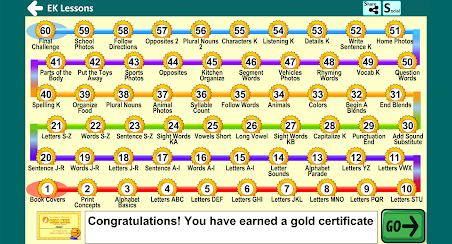
I find that if I generally follow the lesson pathway in Learning Upgrade in the scope and sequence of the content I generated, learners feel better prepared for lessons in LU after class. Doing so also connected what they were doing in Learning Upgrade to what we were doing in class, which reinforced learning.
This structure and clear layout of the content also served as signposts for learners as they worked through content independently. When prompted during class, my students were able to tell me what they were learning in Learning Upgrade. This told me that the clear layout of the content is accessible to beginning-level learners in remote learning environments. The organization of the content allowed learners to follow a clear path without much assistance from me.
Gamified Look and Appearance
If you check out the second post in this series Online Platform Supporting Classroom Instruction: Rockingham’s Success with Learning Upgrade, you’ll recall that some students, especially those studying at lower levels, appreciated the “game-like feel” of the design. However, learners who expected learning to happen in a more academic-looking environment preferred the other platform Rockingham used. This was also the case at Cedar Riverside.
A high-intermediate instructor at CRAEC expressed that he and his students wanted something more academic in appearance to correspond with activities expected in synchronous learning. However, the ESOL Literacy student in my class with the most use of LU told me that although she was skeptical about the music at first, which was so different from that of her own culture, she was glad that it provided a unique learning experience for her in the evenings, when she was tired and the children were asleep. She noted that the music and appearance keep her engaged. Ibrahim Sheikh also noted that the students liked the app and expressed excitement about having something new to learn English. I view Learning Upgrade as attractive for my beginning-level students because it offers learning in a fun and unique way that differentiates from most ESOL and ABE online curricula.
Mobile Learning
Like the learners and teachers described in the first two blog posts of this series, the teachers and administrators at CRAEC noted that Learning Upgrade worked well on mobile devices. It was important to them that students who were smartphone-dependent could still use it. In fact, CRAEC chose the tool, in part, due to its mobile accessibility to reach students unable to attend synchronous learning due to lack of a home computer or schedule conflicts. Seyou Nurie reported that the spouse of a student attending the onboarding process was so excited about the opportunity that he also downloaded the app on his phone. While unable to participate in regular classes, this learner regularly uses the app at home.
Take Away
This fourth blog post shares an example of how Learning Upgrade worked to support an urban community-based organization seeking a way to support its distance learning initiative during the pandemic. As we shared in the previous posts, a characteristic of Learning Upgrade that resonates with teachers working with beginning-level learners is the highly structured and well-organized composition of lesson content. Teachers can follow the linear learning pathway in their own curriculum to reinforce the learning students do on their own in Learning Upgrade. Programs where scope and sequence and content are teacher-generated may benefit from an app with clear learning pathways. Students looking for a way to continue learning remotely will also likely be motivated to use the app due to its informal appearance and delivery of content.
We hope you’ve found this series of blog posts interesting!

